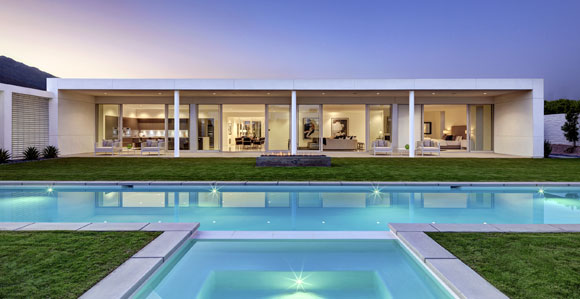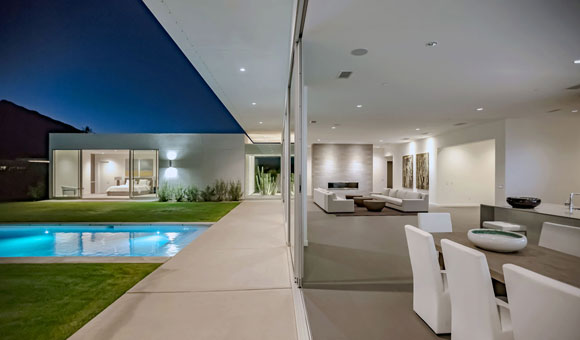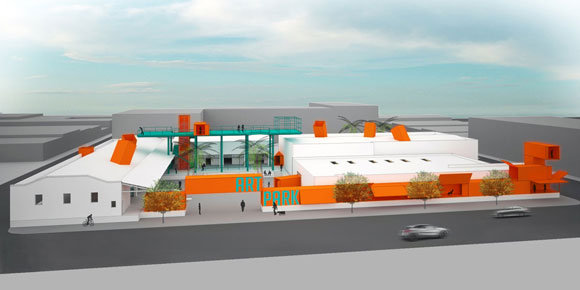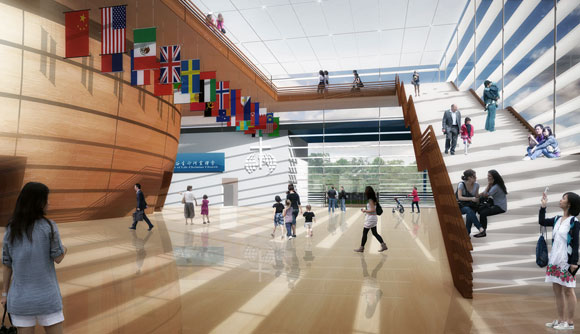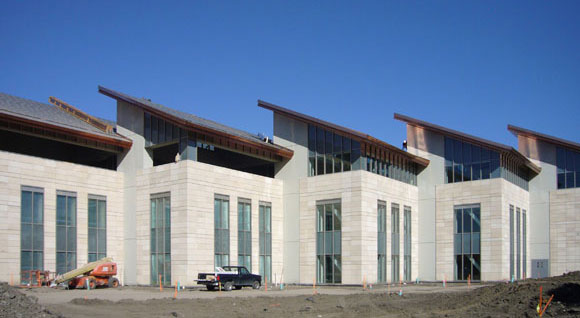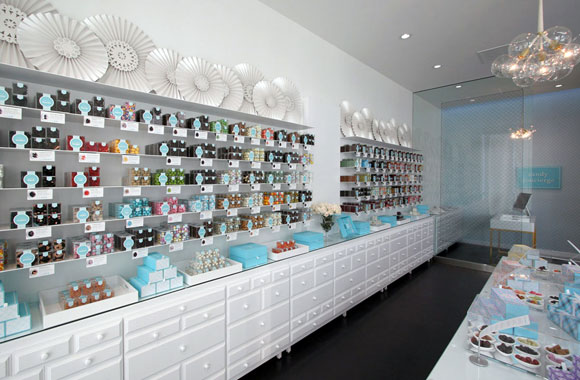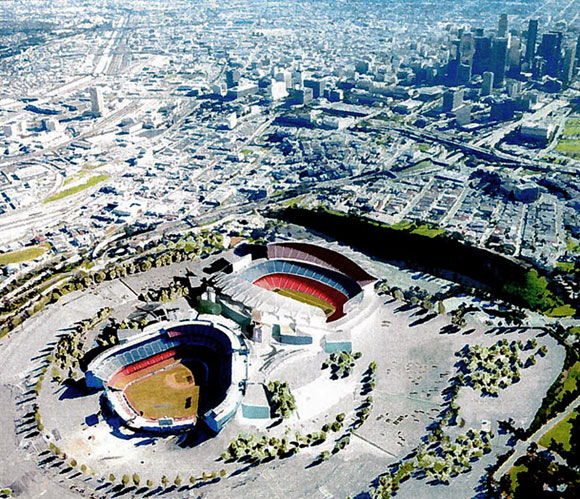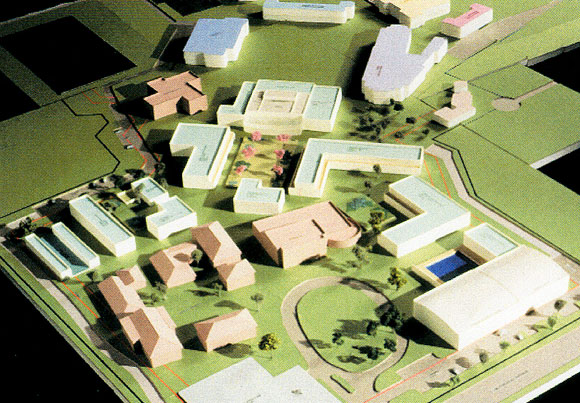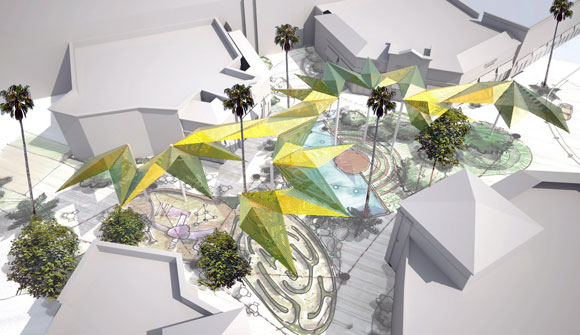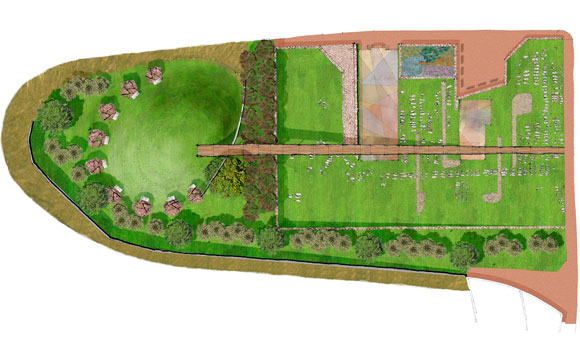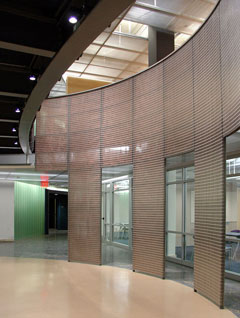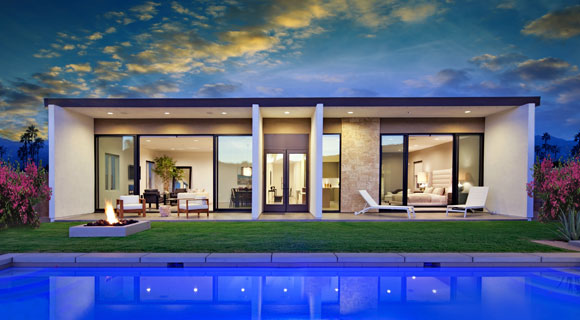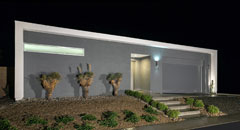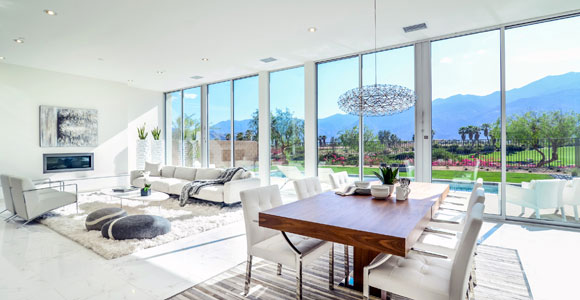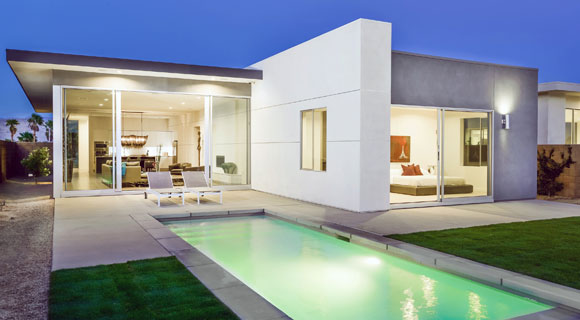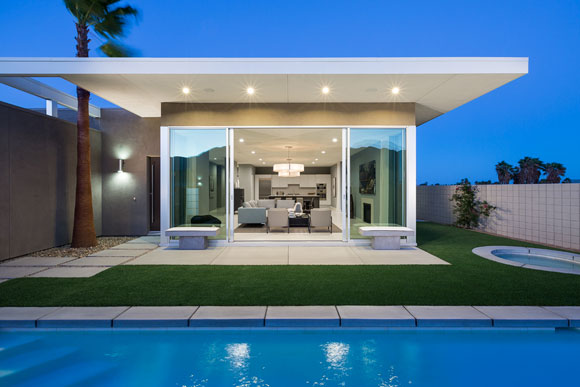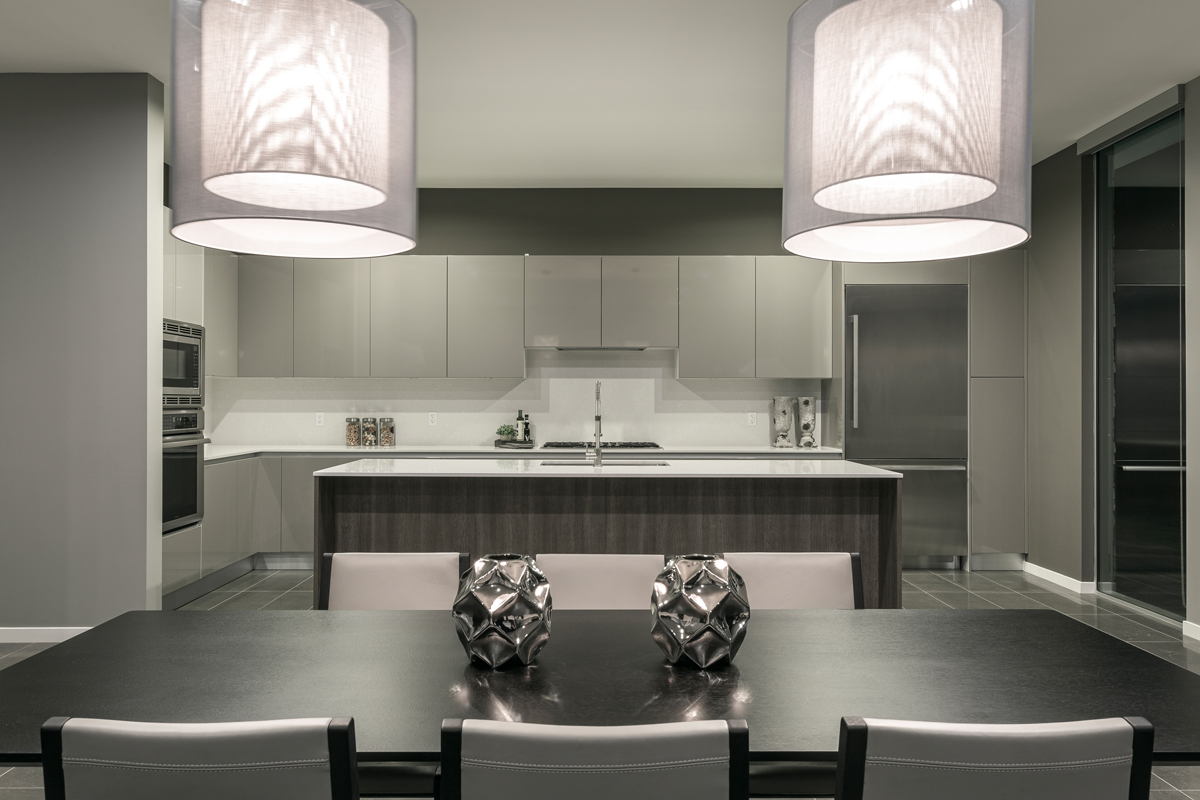#85: AWARDS, HONORS AND BRAGGING RIGHTS
(from starburstmagazine.com)
We are both blessed and lucky, as accolades shower the work of Poon Design Inc. With several dozen national awards, alongside local and regional ones, I am honored–especially with our recent win of one of the most prestigious awards in the industry: the National AIA Award.
Each and every project requires grueling work and commitment. For some projects, ten years have been exhausted to transform a design sketch into an award-winning reality.
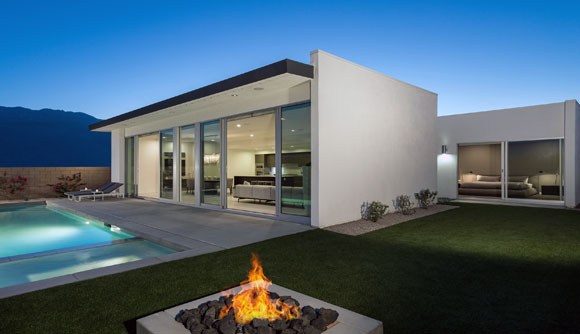
From neighboring jurisdictions to countrywide juries, the prizes bestowed on my design team validate our creative pursuits. Sharing the honors with our clients validates their trust in us.
But here is the thing: every architect I know calls himself or herself an “award-winning architect.”
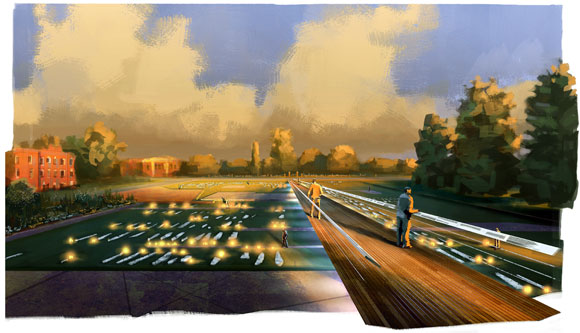

And every company calls themselves an “award-winning firm” with “award-winning projects.” We all have awards. Some are prestigious, like the national award of excellence from The American Institute of Architects. Some are unimpressive, like a local chapter of an unheard entity. (We have some of those.) And some are ridiculous, like an in-house award from a third-rate corporate firm for an employee identified as “our company’s best improved designer.” With the last dubious honor from a company whose name is withheld, the flattered architect prances around the room as an “award-winning architect.”
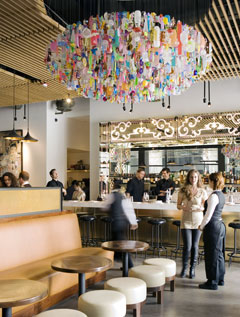
Speaking of prestigious, only a few in our industry have taken home the monster award of them all, the annual Pritzker Prize. Commonly referred to as the Nobel Prize of architecture, this lifetime achievement award has been bestowed on only three dozen laureates around the globe—one per year. And only half a dozen are from the United States.
Nobel Prize or a provincial award, my colleagues and I all try to be modest. We try to not let our artistic egos get out of control, and try to not believe our own hype. We feign humility like a Hollywood actor saying in a soft-spoken voice, “I am just honored to be nominated.” As each actor is up for that coveted Oscar statue, we hear that commonplace statement of decorum and a self-defense mechanism, if one ends up losing. I too have said the same cliché, before hearing my name called as a winner, and particularly after I have lost. “I am just honored to be here,” stated in a mock tone of diplomacy, as if losing is okay. It’s not.
Architects love their walls that display plaques, honors, and trophies. In my previous Beverly Hills office, I chose to not be so obvious. All our awards hung in the kitchen. If a client happened to glance a certain direction when seeking coffee, the crowded wall of our glory displayed our documented and supposed greatness.
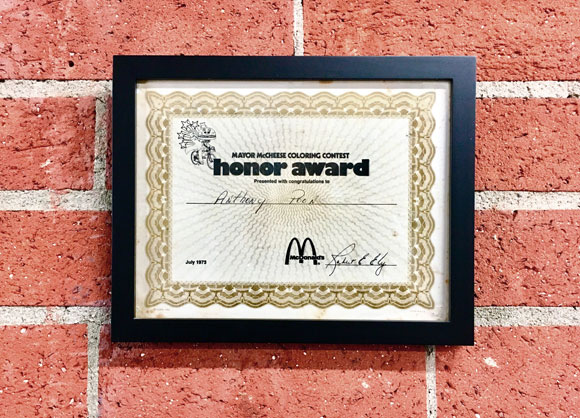
Poon Design’s current studio in Culver City takes the predictable position of pandering. Upon walking in our front door, there they are. Hanging on the large brick wall, the shining awards greet you. A grand and insufferable, but necessary PR statement of bragging rights.
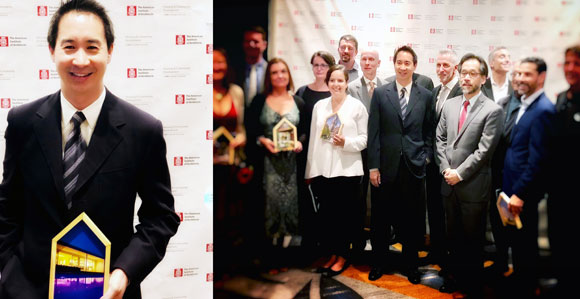
Architecture is a challenging competitive field. As a daily struggle, it is not for the faint at heart. Whether a peer award or an honor from a distinguished jury of civic leaders, I say thank you to all those for making the field of architecture a lot more exciting.
